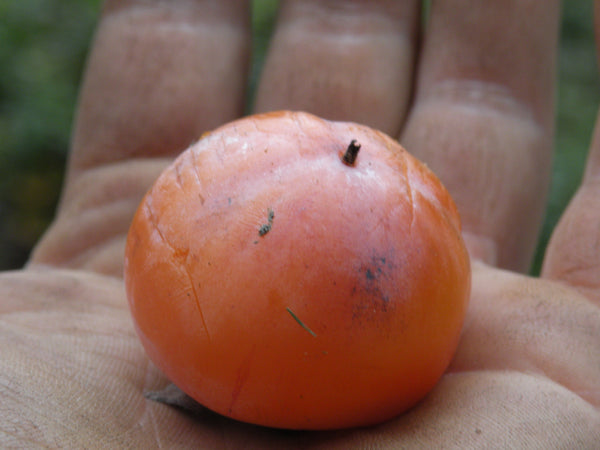BrushyPines
5 year old buck +
Just a question out of curiosity. I have 2 different sets of persimmons I purchased from the same local nursery. 1 set around 3 years ago and 1 set a year ago, both are american persimmons. The first set have been in the ground for 2 years and are super late to leaf out (still silver tipped as of yesterday), they've always been super late since I've purchased them and the 2nd set were planted this past fall and have already leafed out (have been leafed out for at least a week, maybe 2). My question is, are there different types of american persimmons? If so, which types leaf out early and late? I am located in north Mississippi.
